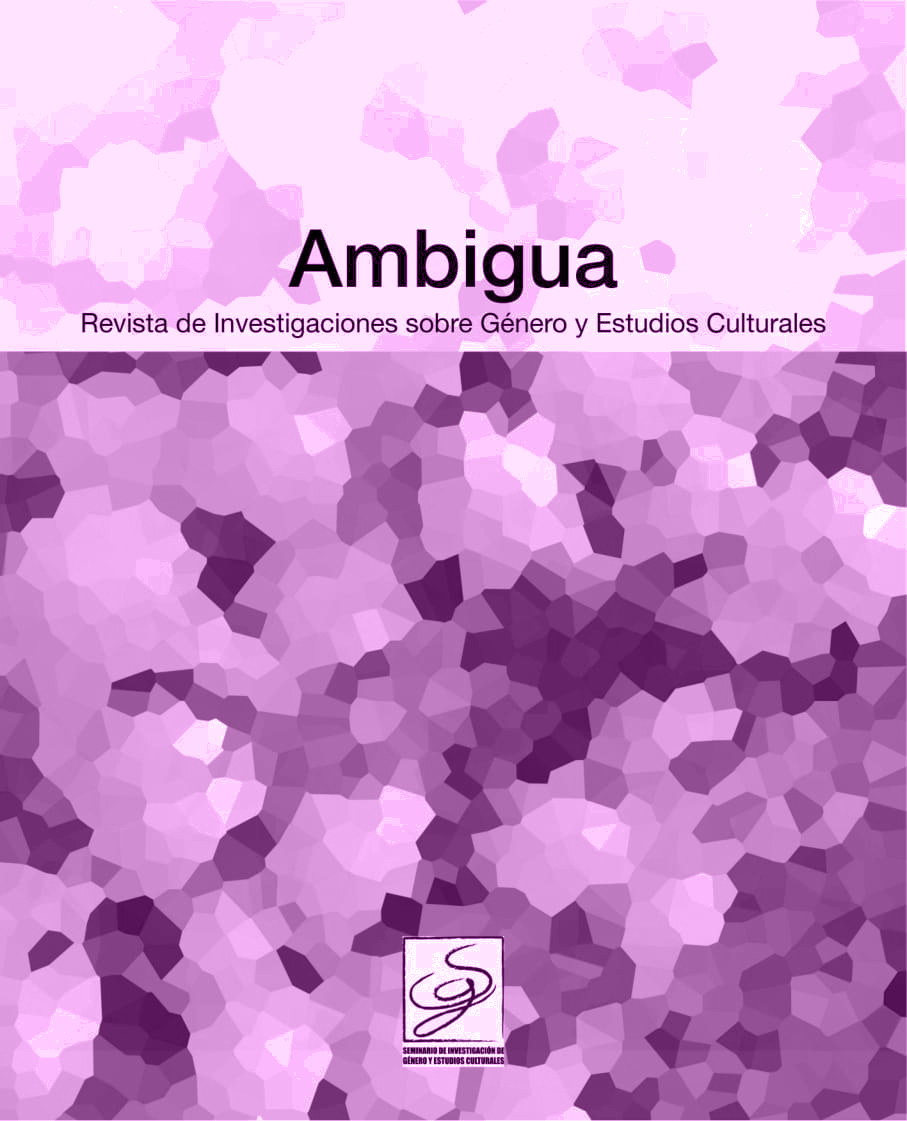House of Strangers (Mankiewicz, 1949)
Noir iconography and violence with a Shakespearean background
DOI:
https://doi.org/10.46661/ambigua.5194Keywords:
freedom, femininity, masculinity, equality, violence, genderAbstract
The aim of the present research is to analyse the violence underlying the autocratic proceedings of a father upon his otherwise submissive and resentful sons under the frame of a Shakespearean background. The starting point has been the cinematographic adaptation House of Strangers (1949) by Joseph L. Mankiewicz which is based on one of the most acclaimed tragedies by the English bard, King Lear (1606). The theme of violence acquires relevance when the daughters who despise Lear are transformed into sons by Mankiewicz, revealing how roughness and brutality not only can be inherited and enhanced but, especially, that it can be surmounted and transcended given the proper conditions. These topics are considered not only from a genre perspective but from a very specific cinematographic context, that of noir films, which contribute with a whole set of motifs, characters and atmosphere. With regards to gender considerations, the main aspects examined include the different treatment given to male and female characters in labour and familiar contexts. While women are traditionally circumscribed within the family environment men are more frequently enclosed as leading roles in a social and working milieu. As a striking and significant differentiation, the role of three of the four brothers is analysed in terms of their “feminisation” due to their inability to face their father’s domineering nature, while the fourth one is heir of their father’s violence towards women. Finally, and most importantly, there is the comparison between two opposite female roles, that of Maria and Irene, being the first the impersonator of the concept of “the angel in the house” while the later embodies all the features of a prototypical femme fatale.
Downloads
References
Coursen, H. R. ‘King Lear’, in Shakespeare Translated: Derivatives on Film and TV. New York: Peter Lang, 2005, 115, 31.
Douglas, Ann. https://www.vanityfair.com/news/2007/03/noirdouglas200703#:~.
Griggs, Yvonne, ‘Displacing the Patriarcal Family: Joseph Mankiewicz’s House of Strangers (1949), in Shakespeare’s ‘King Lear’: The Relationship betweeen Text and Film. London: Methuen Drama, 2009, 121-6.
Jackson, MacDonald P. ‘Screening the Tragedies: King Lear’ in The Oxford Handbook of Shakespearean Tragedy, ed. Michael Neil and David Schalkwyk. Oxford: Oxford University Press, 2016.
Willson, Robert F. Jr, Shakespeare in Hollywood, 1929-1956. Madison and Teaneck: Fairleigh Dickinson University Press, 2000
Downloads
Published
How to Cite
Issue
Section
License
Copyright (c) 2020 Francisca Portillo

This work is licensed under a Creative Commons Attribution-NonCommercial-ShareAlike 4.0 International License.
The authors agree with the following:
1. Authors retain copyright and grant the journal right of first publication with the work simultaneously licensed under a license Attribution-NonCommercial-ShareAlike 4.0 International (CC BY-NC-SA 4.0) that allows others to share the work with an acknowledgement of the work's authorship and initial publication in this journal.
2. Authors are able to enter into separate, additional contractual arrangements for the non-exclusive distribution of the journal's published version of the work (e.g., post it to an institutional repository or publish it in a book), with an acknowledgement of its initial publication in this journal.
3. Authors are permitted and encouraged to post their work online (e.g., in institutional repositories or on their website) prior to and during the submission process, as it can lead to productive exchanges, as well as earlier and greater citation of published work (See The Effect of Open Access).









